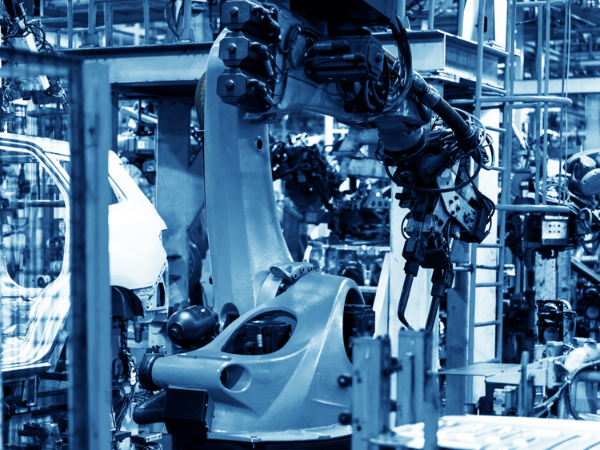Efficiency is everything in modern manufacturing, especially when testing infotainment systems at scale. Downtime, bottlenecks, or inconsistent results can cause major disruptions, impacting production schedules, costs, and, ultimately, customer satisfaction. At ALPHR, we’ve spent years helping manufacturers optimise their automated testing systems, and we know what it takes to keep them running at peak efficiency.
Here are the key strategies that can help you get the most out of your testing line.
Prioritise Preventative Maintenance
One of the biggest threats to efficiency is unexpected downtime. A component failure or calibration issue can bring production to a halt, causing costly delays. The best way to prevent this is by implementing a preventative maintenance plan that keeps your automation systems running..
- Schedule routine inspections to catch wear and tear before it causes failures
- Use sensor-driven monitoring to detect performance dips that signal potential issues
- Keep spare parts on hand for components that are known to wear out over time
By planning maintenance rather than reacting to problems, you can avoid unnecessary disruptions and keep your testing line moving.
Optimise Test Sequences for Speed and Accuracy
Testing infotainment systems requires precision, but that doesn’t mean speed has to suffer. One of the most common inefficiencies in automated testing is running unnecessary or poorly optimised test sequences.
- Review your testing parameters regularly to ensure they align with real-world quality requirements. Are you over-testing certain functions that rarely fail?
- Group test processes efficiently. Running multiple checks simultaneously can reduce total cycle time
- Use AI and analytics to identify redundant or overlapping tests that could be eliminated without compromising quality
With the right balance, you can maintain high-quality results while reducing overall test time per unit.
Leverage Data for Continuous Improvement
Every second of testing produces valuable data. Yet, many manufacturers don’t fully utilise it to drive efficiency gains. By integrating real-time data analytics, you can identify trends that help optimise your process.
- Track failure rates to spot recurring issues and adjust test sequences accordingly
- Monitor cycle times to find areas where processes could be streamlined
- Use predictive analytics to anticipate when a machine or component may require maintenance
By making data-driven decisions, you can refine your testing process over time, improving both speed and reliability.
Ensure Seamless Integration with Production Lines
Testing efficiency isn’t just about what happens within the test cell itself—it’s about how the entire production workflow is designed. Delays in moving products into or out of the testing area can create bottlenecks.
- Automate handoffs between assembly and testing to eliminate manual delays
- Synchronise test system throughput with production speeds to prevent backups
- Use modular automation solutions that can adapt as production needs change
By ensuring your test line is fully integrated with the overall manufacturing flow, you can eliminate unnecessary downtime and inefficiencies.
Standardise and Simplify Your Test System
Complexity can be the enemy of efficiency. When a testing system relies on too many unique setups, custom scripts, or specialist knowledge, troubleshooting becomes slow and difficult.
- Use standardised software across all test machines to simplify updates and operator training
- Reduce the number of unique components in your test setup to minimise compatibility issues
- Implement a plug-and-play approach for test fixtures, making it easier to swap in new configurations as needed
A simplified, well-structured testing system is easier to maintain, scale, and optimise over time.
Train Your Team for Operational Excellence
Even the most advanced automation systems still rely on human oversight. Ensuring your team is trained in best practices for operating and maintaining your test equipment is essential for long-term efficiency.
- Provide ongoing training to keep operators updated on new features and best practices
- Encourage a problem-solving mindset so teams proactively look for ways to improve efficiency
- Document processes clearly so troubleshooting and optimisation can be done quickly and consistently
An informed, engaged workforce can make a major difference in keeping your test line performing at its best.
Maximising Efficiency with a Proactive Approach
Keeping your testing line at peak efficiency requires a proactive approach. By prioritising preventative maintenance, optimising test sequences, leveraging data, ensuring seamless production integration, simplifying your system, and training your team, you can maximise output while maintaining the highest quality standards.
At ALPHR, we work with manufacturers worldwide to develop robust automation solutions that enhance efficiency, reduce downtime, and future-proof production lines. If you want to take your infotainment system testing to the next level, we’re here to help.


